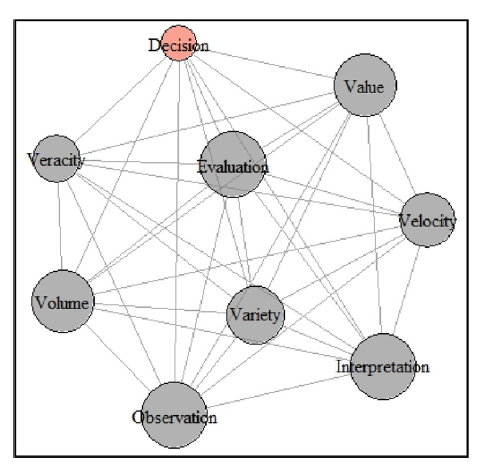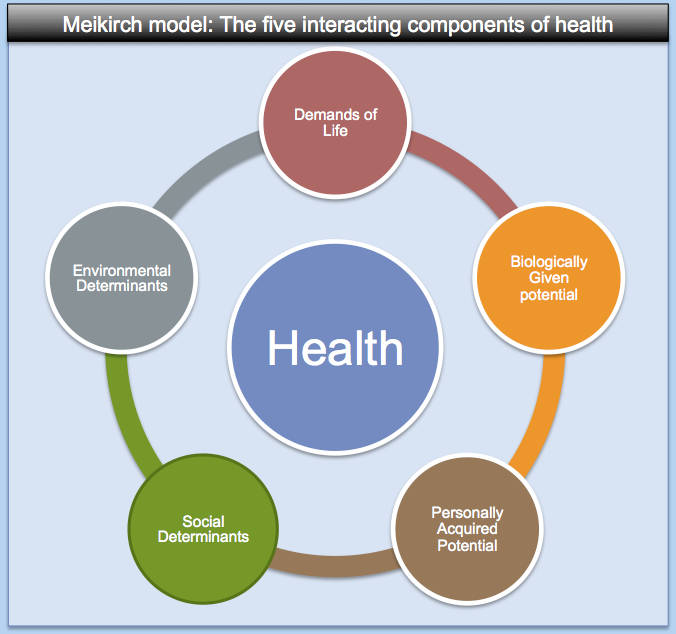✖

By “top down” is meant the kind of inference based on knowledge that is prepared in advance, essentially in a form still readily recognizable by humans, and often called or miscalled “Bayesian” inference. “Bottom up” approaches use artificial neural networks that “are computational models, loosely inspired by biological neural networks, consisting of interconnected groups of artificial neurons which process information using a connectionist approach” based on learning weights. Methods used in The BioIngine, by gathering knowledge from structured data and unstructured data mainly reflect “top down” approaches. However, some have significant bottom up character, as well.
